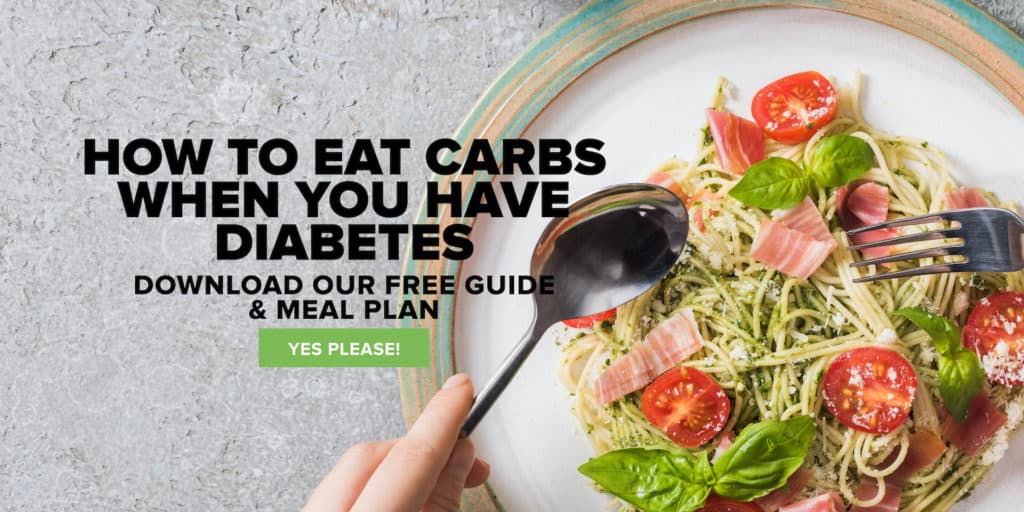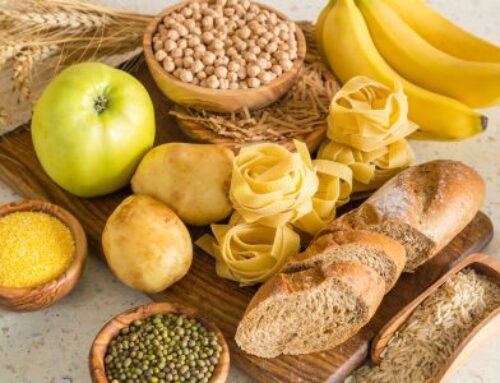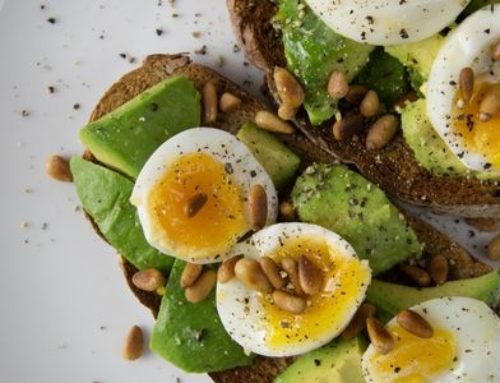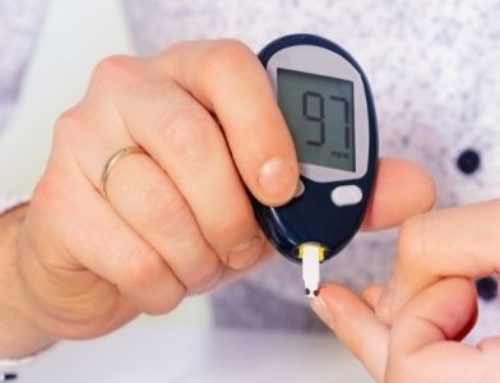
Insulin resistance plays a role in various health issues such as Type 2 Diabetes, Metabolic Syndrome and PCOS. Our food habits can be a contributing factor to developing insulin resistance and can often make the problem of insulin resistance worse over time if we do not take the necessary steps to reverse that vicious cycle. So, what happens when you’ve been diagnosed with insulin resistance or high levels of insulin in your blood?
Does it mean doing a complete overhaul of your eating pattern and completely cut carbs out of your life? And is this realistic or healthy in the long-term? Does it mean cooking separate meals for the family, since family favourites might now be deemed “unsuitable” for insulin resistance?
It does not have to be that difficult. You can still continue having the meals that you’re used to eating, or cooking family favourites – all you need to do is make a few tweaks to help your insulin-resistant body to cope.
In general, there are 2 key steps to consider when making a meal insulin resistance friendly. They are as follow:
Step 1: Carbs – How Much?
Insulin-resistant or not, one generally should not be eating huge amounts of carbohydrates in one sitting. If you consume a whopping large dose of carbs in one go, your body is going to react by producing a whopping large dose of insulin to match the huge rise in blood sugar levels once the carb foods are digested.
Whilst there is no fixed recommendations as to how much carbohydrates one should have in one sitting, in general we recommend no more than a fist-sized serving on the plate. You can still continue to have pasta, rice, potatoes and bread as long as the serving size is appropriate.

Let’s use the Spaghetti and Italian Meatballs dish above as an example. It looks like there’s approximately 4 cups of cooked pasta on the plate, which is certainly not a fist-sized serve unless you’re The Hulk.
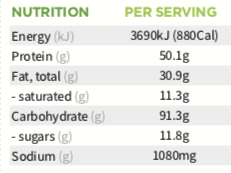
From the nutrition information that came with the recipe, you can see that the serve above provides as much carbohydrates as 6 slices of bread in one sitting. This doesn’t even include the 2 pieces of garlic bread that you were planning on eating with it! In total that’s almost half a loaf of bread’s worth of carbs in one sitting which is quite a lot for your body to cope with, let alone an insulin-resistant one.
So let’s look at reducing the carb quantity. By limiting the pasta serve to a fist-sized serve, you’ll easily be reducing the carbohydrates by at least half which means less insulin being required. Doing this will also give you the added benefit of shaving off nearly 200 calories from the meal. You could also opt to have 1 piece of garlic bread rather than two.
“But that’s a measly serve” I hear you say. Yes it can be, if you leave the rest of the plate empty. So let’s fill up that blank space with some non-starchy vegetables! You could throw on some grilled vegetables, some blanched green beans, or some microwaved steam-fresh vegetables. Or you could whip up a salad or bake some parsnip chips. You could even bulk the pasta up with some spiralized zucchini “zoodles”. There are so many possibilities – the choice is yours.
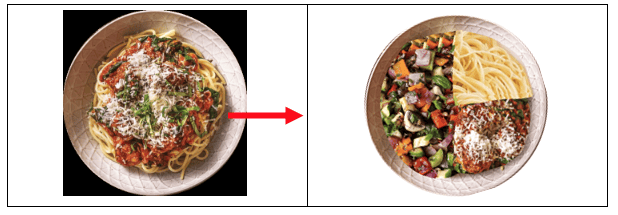
Step 2: Carbs – What kind?
Not only does your body have to cope with the amount of carbs you’ve consumed, it then has to cope with how quickly your blood sugars have risen. Not all carb foods are the same – some make your blood sugars sky rocket, others provide a more gradual rise. And you can probably guess which one your body is going to have a knee-jerk reaction to by producing huge amounts of insulin to counteract your blood sugar. Yes, when it comes to carb foods the slower speed of digestion, the better.
Wholefood carbs which are less processed or refined tend to have more dietary fibre or complex starches which can help to delay their digestion, resulting in a slow gradual rise in blood sugars. These foods include wholegrains, whole fresh fruit, and vegetables such as sweet potato. You can also look out for the “Low GI” symbol on food packaging.
Using the pasta recipe above as an example, you can improve the carb quality by swapping the white pasta for a high-fibre pasta such as wholemeal pasta, high-fibre white pasta or pulse pasta. You could also look at making your own garlic bread by spreading garlic butter on multigrain bread.
Here are some examples of wholefood swaps you can make when it comes to your carb choices:
| Processed | Wholefoods |
|
|
|
|
|
|
Additionally, by adding extra vegetables to the meal such as suggested in Step 1 you also increase the dietary fibre content of the overall meal which further slows down how quickly the carbs digest and affect your blood sugar levels. Such a win!
Try these recipes that cleverly combine Steps 1 and 2 so that you can continue having carbs foods whilst battling insulin resistance:
Melissa Yip is our diabetes expert and can help you manage insulin resistance. Read a little more about Melissa.
